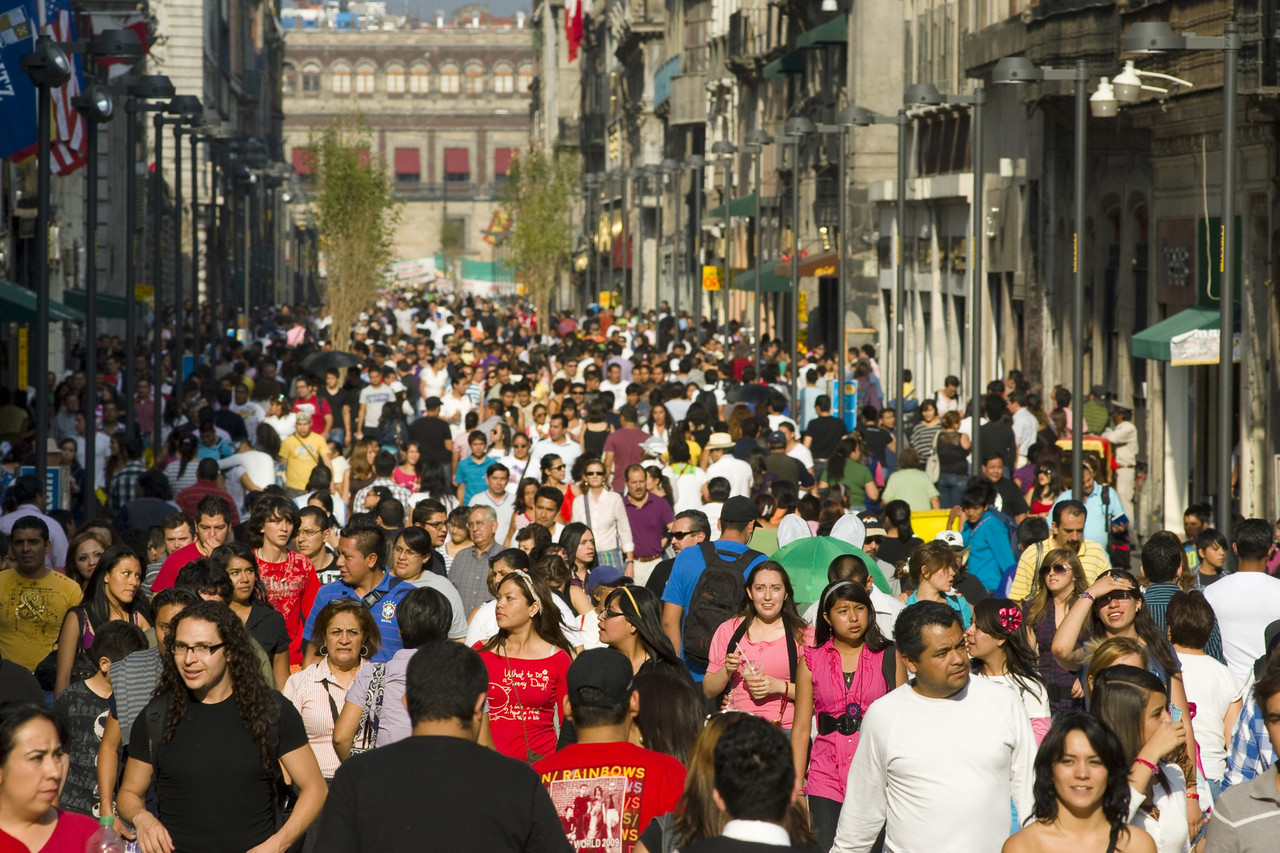The latest statistical data and estimates from the United Nations shows that as of January 1, 2022, the United States has a current population of 334,805,269. According to the same UN data that number is up from 331,002,651 on January 1, 2020. The U.S. population crossed the 200 million mark in 1966 and the 300 million mark in 2007. The U.S. Census Bureau in contrast reported in December that the official percentage of increase of the population numbers through July 2021 are the lowest since 1937.
South Carolina was among the highest percent growth states in 2020-2021 at 1.2%, growing to 5,190,175 people. Only Idaho, Utah, Montana, and Arizona grew at a higher percentage rate during that time period.
Currently, the U.S. population is approximately 4.25% of the total world population, and ranks third in population among the world’s countries. This equates to a population density of 94 people per square mile. In 1970, the U.S. population density was 59 people per square mile. Thus, in just 51 years the U.S. has an additional 35 people per square mile in the U.S. over 1970.
In 2020, 273,975,139 people of the U.S. population lived in urban areas out of the total U.S. area of 3,531,837 sq. miles. That urban population is up over double from a peak year of the baby boom at 130,757,407 in 1960, as more people move into city and urban areas.

Almost 40 year old man 2021.
The latest data available shows that the U.S. median age is 38.3 years, that is up from 37.7 years old a year ago. That is drastically up from 1970, when the median age in the U.S. was 28.4 years old. Another prime difference in the population besides age is the maturity level of the average citizen today.

29 year old man in 1970.
This median age number is of concern regarding fertility in the U.S. and the ability to sustain the culture of the base population. UN data shows that the fertility rate in the U.S. is at 1.73 children per adult woman of child bearing age. This is down from 1.85 children per adult woman of child bearing age one year ago. At the height of the baby boom era the U.S. fertility rate was 3.58 per woman in 1960, dropping to 2.54 children per woman by 1970. The U.S. fertility rate has been below 2.00 since 2010 and that only because of decreased migrant numbers up until 2020. A fertility rate of approximately 2.1–2.2 children on average is required to maintain the status quo for just two people and the overall U.S. population.
Interestingly, the total population is growing while the fertility rate is decreasing. This indicates that there is a longer life span of Americans due to better health care, as well as a good chance there is a growing unreported population.
The statistics reported here do not include illegal immigration numbers into the U.S. Estimates vary greatly, but reports in the fall of 2020 said illegal immigration is at a 35 year high. Conservative estimates say approximately 2 million illegals crossed the Rio Grande river and entered the U.S. in 2021, that number equates, annually, to a city approximately the size of Houston, Texas. This is drastically up from one year ago when President Trump’s closed border policies were in force which limited illegal immigration to a reported 646,822 people in 2020.

Please “like”, comment, share with a friend, and donate to support The Standard on this page. Become a Patron!
Click the QR Code below to donate any amount.





 RSS - Posts
RSS - Posts
Overpopulation is the problem!!!
I am glad to see the fertility rate falling. That is a great sign. Our problem in America is overpopulation. As we squeeze more and more people into the same amount of land, the resulting quality of life goes down – dramatically.
Our roads are clogged and in urban areas where the need is greatest, they cannot simply be widened. As we cover more and more surface area, rainwater cannot soak into the ground. That, in turn, replenished our underground aquifers. As water tables drop, water becomes more scarce.
In some parts of the USA, water has been rationed for years and the problem continues.
If you truly care about the environment and quality of life, get your head out of your rectum over carbon emissions, which have never been any problem. The real culprit is people emissions – we are emitting too doggone many of them!
You are absolutely wrong. The problem is the distribution of the population.
It is being concentrated in ever-larger cities through government actions distorting a citizen’s choices.
Thanks to conservative traditional couples having lots of children.
The trick is keeping their kids conservative.